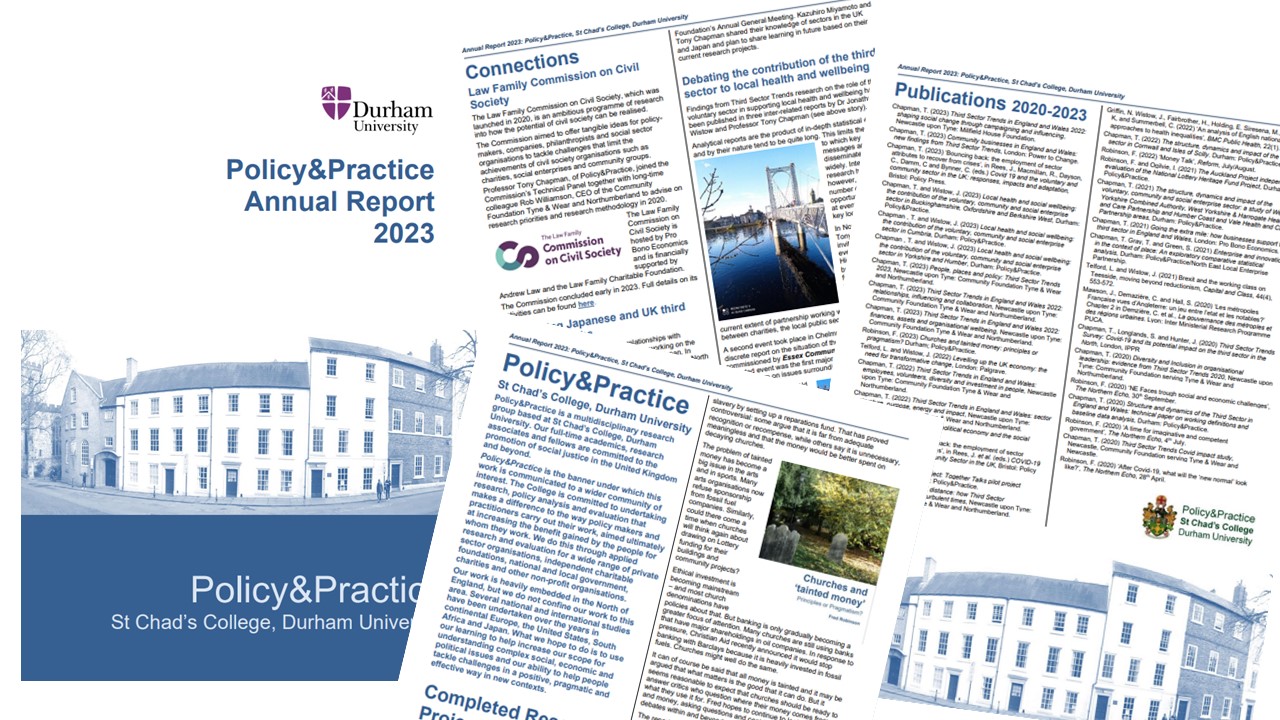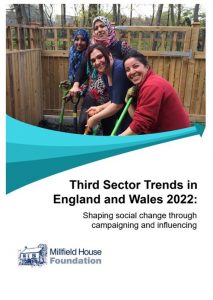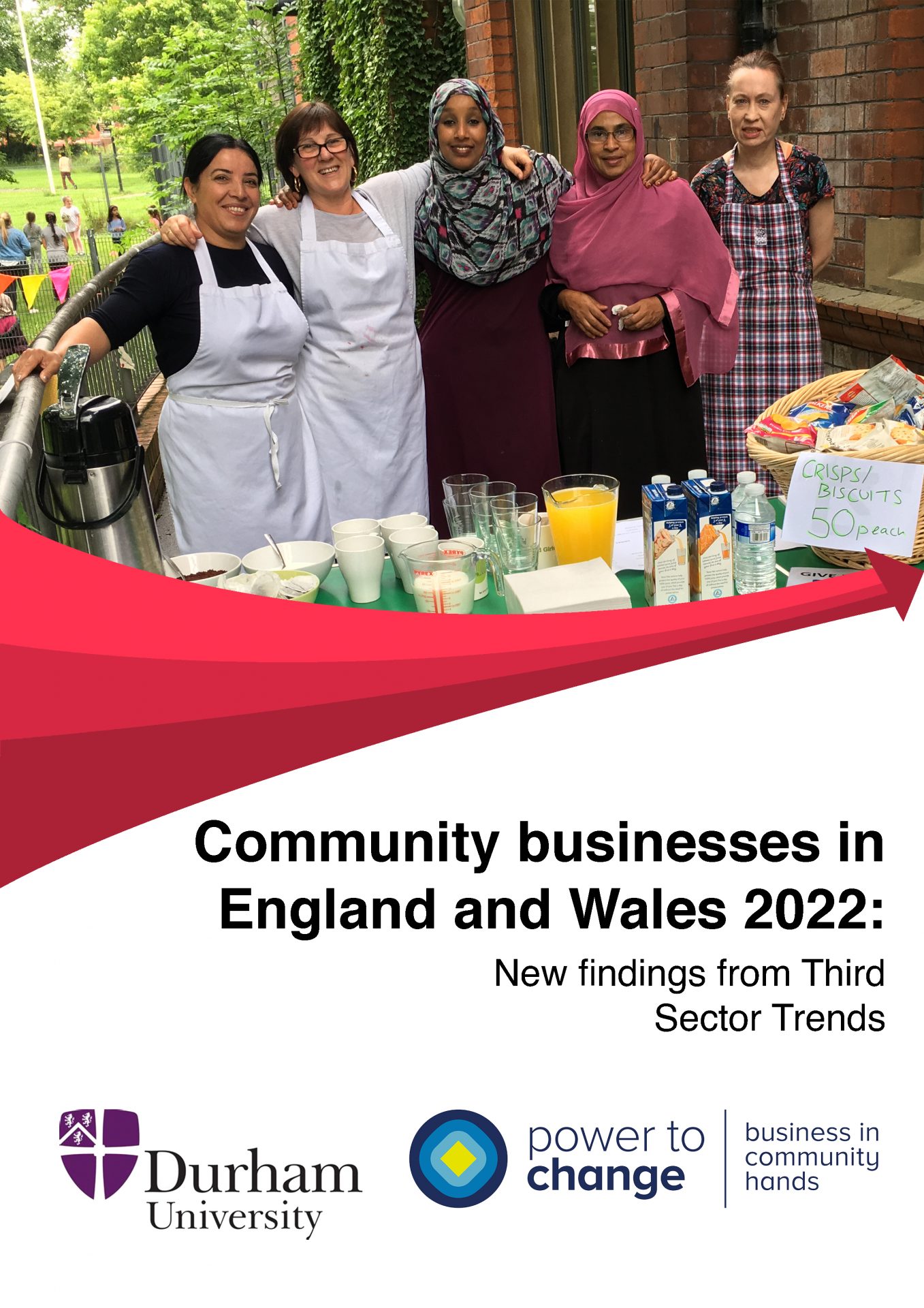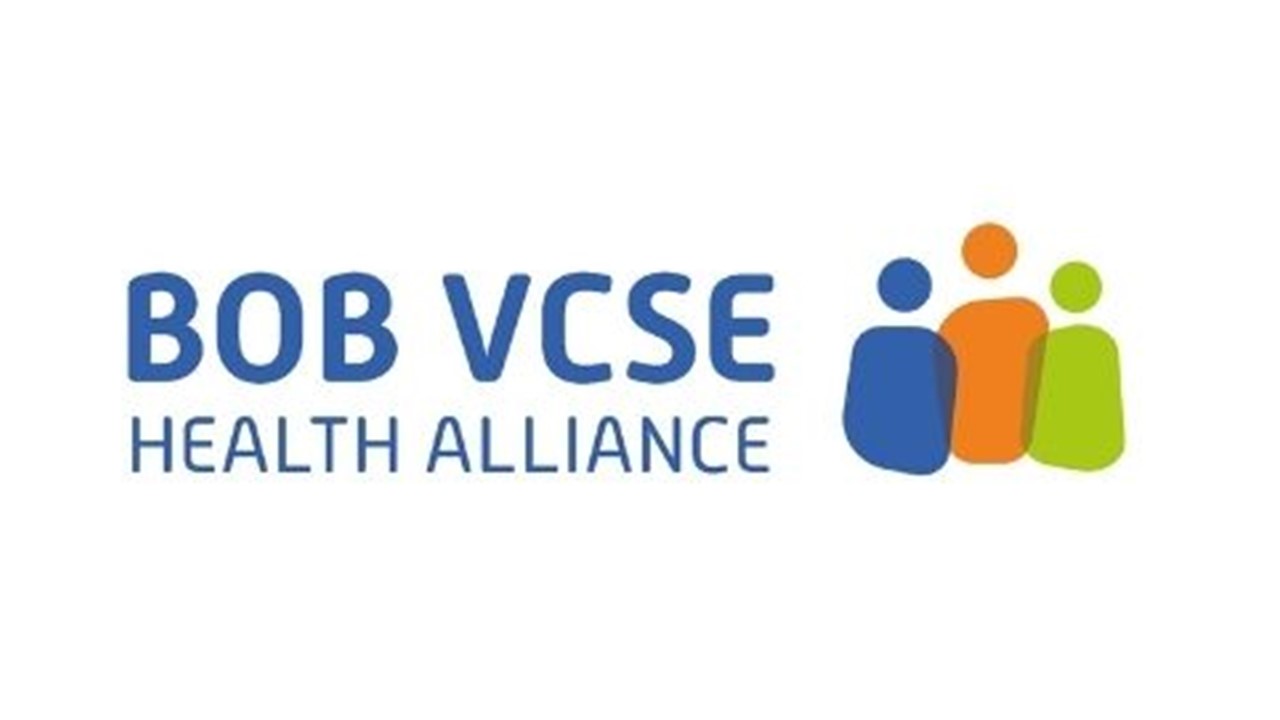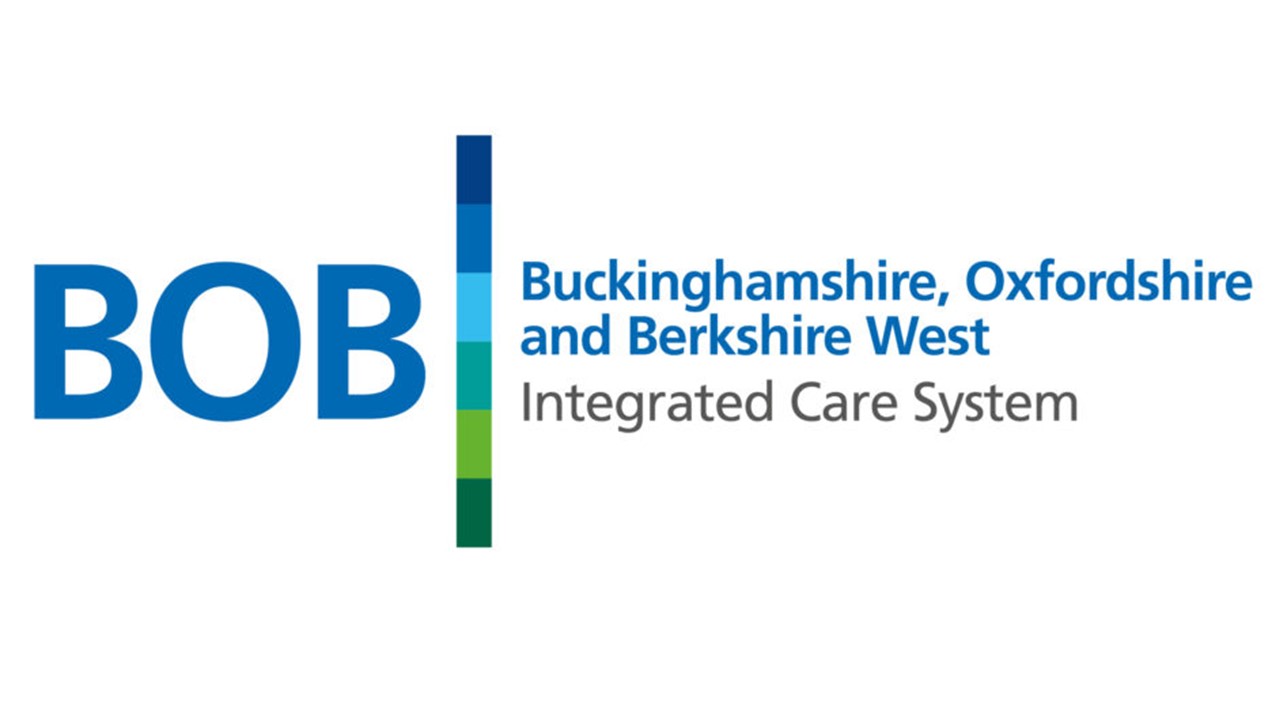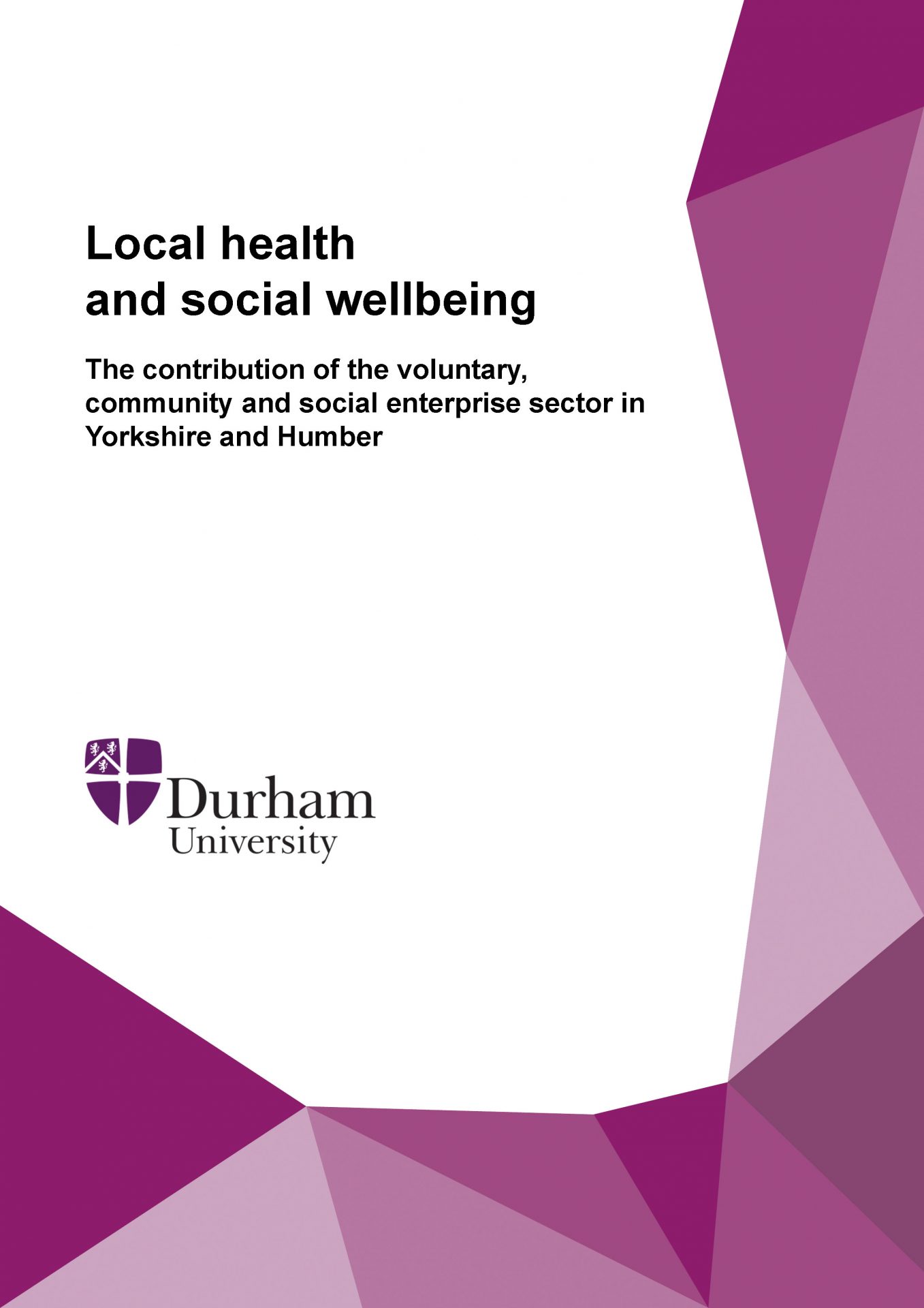New report: Third Sector Trends in England and Wales 2022: shaping social change through campaigning and influencing
Following months of political controversy, the Charity Commission has clarified that charities are allowed to campaign robustly and engage in political debate providing that such actions align with their mission and has the backing of trustees.

This is welcome and reassuring news after a series of statements from prominent politicians and senior members of the Charity Commission earlier in the year that led many commentators to believe that challenging the right of charities to engage in political discourse could have a ‘chilling’ effect and stifle charity campaigning and influencing.
This report shows that many charities (73%) do ‘steer clear of political issues’, but this does not mean that they stop campaigning, participating in formal public consultations or debates or lobbying behind the scenes to effect changes in local social and public policy – indeed, only one fifth (21%) of charities abstain from all of these forms of influencing.
What are the characteristics of charities that campaign?
Some charities are much more likely to engage in campaigning and influencing than others – depending on where they are situated and what they do.
- Organisations situated in the poorest areas are almost twice as likely to engage in political issues (39%) than their counterparts based in the richest areas (21%).
- Micro TSOs are much less likely to engage with political issues (80%) than the biggest organisations (57%).
- Those organisations which work only at a neighbourhood or village level are more likely to avoid political issues (81%) than those which work at a wider level (70%).
- In metropolitan areas, only 65 per cent of TSOs avoid political issues compared with 77 per cent in town and country areas.
- Organisations which work entirely on their own are more likely to eschew political involvement (82%) than those which work with others (70%).
- Older organisations are more reticent about getting involved in politics (79%) than the newest TSOs (67%).
Those organisations which are keen to shape local social and public policy tend to do so using a range of approaches. For example:
- 17 per cent of organisations campaign, lobby and engage in formal consultations.
- 25 per cent of charities campaign and engage in formal consultations but do not lobby.
- Amongst the 47 per cent of charities that do campaign, fewer than 10 per cent of them limit their activity just to campaigning.
- 32 per cent of charities attend consultations or lobby behind the scenes but do not campaign.
- Only 21 per cent of organisations abstain completely from campaigning, lobbying or engaging in formal consultations.
Why are politicians’ interventions unlikely to have much impact on campaigning and influencing?
The objectives of charities, this report shows, are usually achieved with a mix of practical action and influencing, This strongly suggests that threats from politicians to limit the third sector’s campaigning and influencing activity is unlikely to impinge significantly on the way that local organisations make decisions about what they want to achieve, how they garner resources and how they work – it is just one factor amongst many other considerations.
As autonomous entities, charities enjoy a higher degree of autonomy than many other types of organisations, especially in the public sector, but this does not mean that they are free to act entirely as they choose in ‘an ideal world’.
Instead, their actions are constrained by their ability to attract trustees, volunteers, employees and beneficiaries; the requirement to raise sufficient funds to achieve their practical objectives and decisions they make about working alone or in a complementary or collaborative way with other organisations.
Keeping all these balls in the air requires dexterity and diplomacy – not least, because organisations work in a crowded social marketplace within which they compete for resources and attention. To do that, they must tell a compelling story about what their values are, what they want to achieve, for whom, and how they will do it.
In this sense, all organisations in the third sector are continually engaged in a campaign to champion their chosen cause and convince others that investing in them is worth their while. If they stop doing it, their chances of survival would be slim in a highly competitive civil society environment.
Political pressure at a national level on the way charities campaign or lobby has proven to be an unwelcome intrusion in established sector culture and practice. As the report author, Professor Tony Chapman, concludes:
“Future government ministers may tinker around the edges on the limits of charitable activity, but it seems unlikely that many would choose to mount a sustained political attack on the realm of civil society. To do so would be hard to justify, constitutionally, because civil society is so ancient and deeply rooted in our institutional heritage, culture and identity that its operation has come to be seen as ‘how things are’ – an inalienable right. To threaten that would bring some very unusual alliances out from the woodwork.”
“Because the freedoms to speak out, associate and campaign feel like they are such a ‘normal’ part of life in the UK, it is easy to forget that this is not the case elsewhere. In recent years, state actions in many countries have dramatically undermined democratic processes, civil liberties and civil association together with heightened state control over campaigning by NGOs, media autonomy and freedom of speech. And so, even in the UK, it would not be wise to take our eye off the ball.”
Laura Seebohm, Chair Millfield House Foundation, commenting on the commissioned report said:
“Millfield House Foundation believes strongly in the value of the campaigning and influencing work undertaken by charities large and small. We are reassured to see organisations continue to prioritise this critical role within their wider work, amplifying the voices of the people they work with. Charities campaigning and influencing work has been at the heart of social change throughout history and has never been needed more as we collectively grapple with the challenges of the 21st century. This thoughtful paper will generate conversations amongst both charities and funders.”
The full report can be downloaded here. Third Sector Trends – Shaping Social Change through Campaigning (November 2023)
A shorter summary of the findings published by Civil Society can be found here: Tony Chapman: Are charities feeling the political chill? (civilsociety.co.uk)
Press stories on the report were published by Third Sector, UK Fundraising and Charity Times
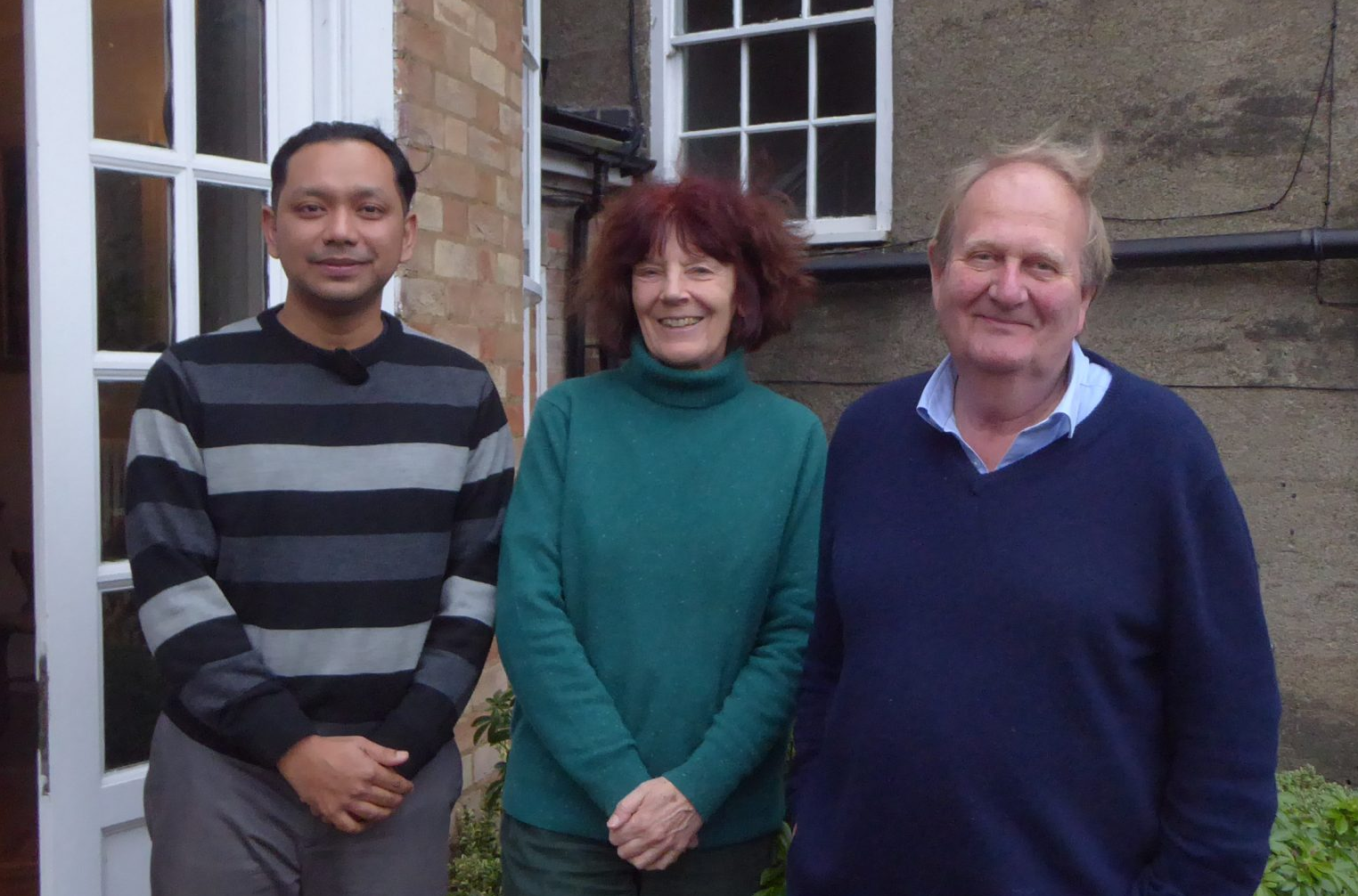 Left to right: Dr. Ahmad Aizuddin Bin Md Rami, Professors Sarah Banks and Fred Robinson
Left to right: Dr. Ahmad Aizuddin Bin Md Rami, Professors Sarah Banks and Fred Robinson
